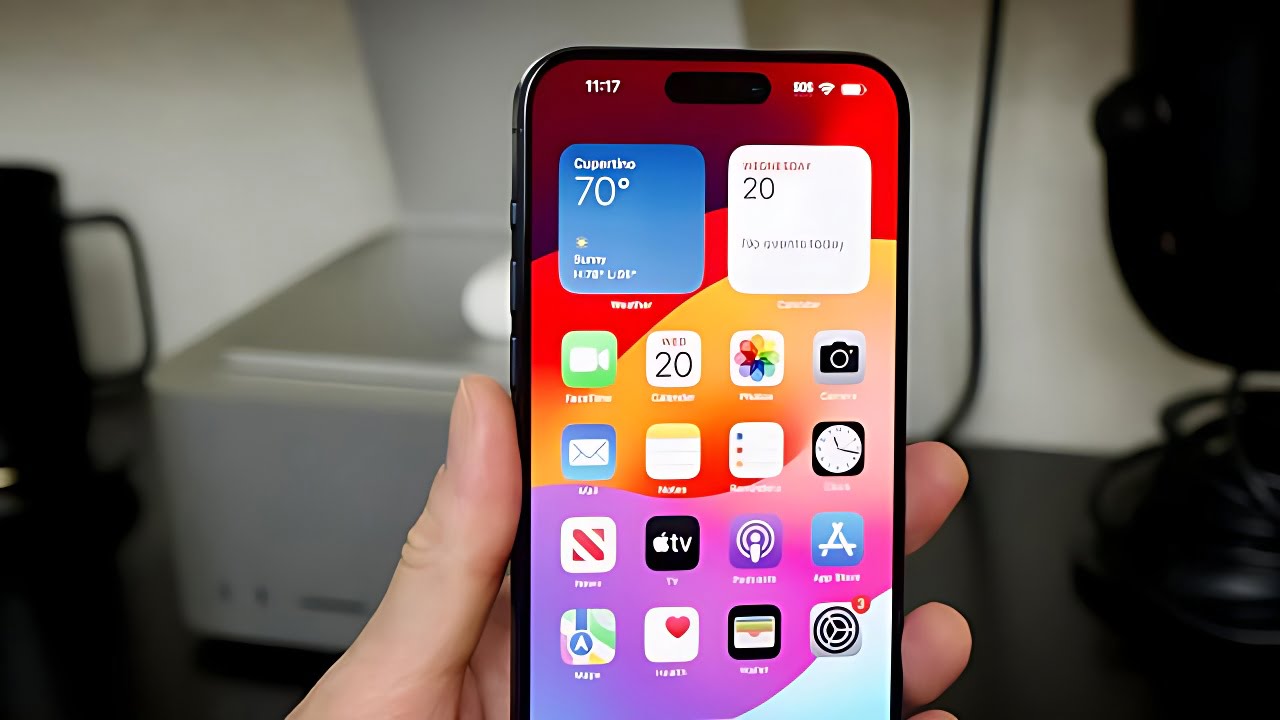The iPhone 15 generation has ushered in a wave of significant upgrades, boasting features such as the Dynamic Island across all models, a remarkable camera improvement with a 48-megapixel sensor and 5x optical zoom, and the adoption of USB-C. Despite these enhancements, some argue that, objectively speaking, Android smartphones still outshine the iPhone 15 in certain aspects. Let’s explore three noteworthy examples where Android devices demonstrate their superiority.
1. Android’s Action Button Dominance
One notable addition to the iPhone 15 Pro is the introduction of the Action Button, replacing the traditional mute slider that has adorned iPhones for 16 years. The Action Button offers users the ability to set up various practical functions and assign shortcuts, providing quick access to features like ChatGPT. However, this enhancement is exclusive to the Pro models, leaving the iPhone 15 and 15 Plus with the traditional mute switch.
While the Action Button is a commendable addition, Android smartphones showcase a more versatile approach. On certain Android devices, the power button can be reprogrammed as an “Action Button,” capable of performing various actions, such as activating the camera, based on the number of times it’s pressed. This multi-functional capability demonstrates Android’s flexibility, surpassing the singular-function nature of Apple’s Action Button.
2. Android Screens: A Visual Delight
The Super Retina XDR display on the iPhone 15 is undeniably impressive, boasting high brightness levels and vivid colors. However, Apple restricts certain features, such as always-on display and a 120Hz refresh rate, to the Pro models only. This limitation becomes apparent when comparing it to Android smartphones that offer these features even on mid-range models.
For instance, the Samsung Galaxy A54, a mid-range Android smartphone, flaunts a 120Hz always-on display, a feature reserved for more affordable models in the Android ecosystem. This highlights the disparity in feature availability between iPhone models and the broader spectrum of Android devices, where high-refresh-rate displays are more accessible.
3. USB-C: A Universal Connection
The transition from Lightning to USB-C in the iPhone 15 was a long-awaited change, driven in part by regulatory measures. USB-C offers users the convenience of connecting various accessories and the ability to charge multiple Apple devices with a single cable. However, when compared to some Android competitors, the implementation of USB-C on the iPhone has its nuances.
Apple’s approach to USB-C differs from certain Android counterparts, with notable differences in data transfer speed and the absence of support for fast charging. Android smartphones, particularly those offering USB-C connectivity, provide a seamless and fast-charging experience, showcasing a level of integration and universality that Apple is catching up to.
In conclusion, while the iPhone 15 series introduces commendable upgrades, Android smartphones continue to demonstrate their prowess in areas such as versatile button functionality, feature accessibility in displays, and USB-C implementation.
The competition between iOS and Android persists, offering consumers a diverse array of choices based on their preferences and priorities. As technology evolves, both ecosystems are likely to learn and borrow from each other, driving innovation and improvements across the board.

